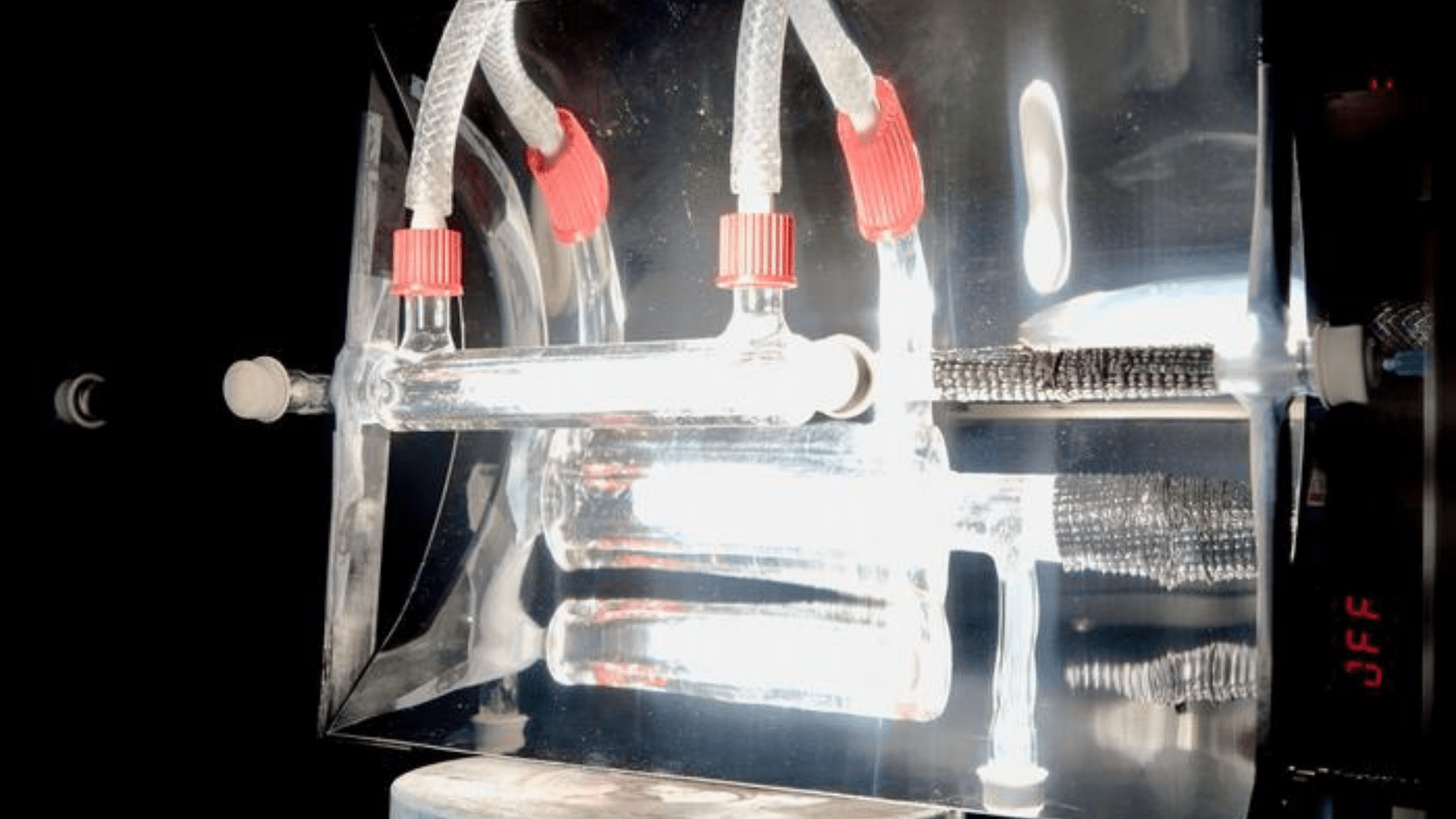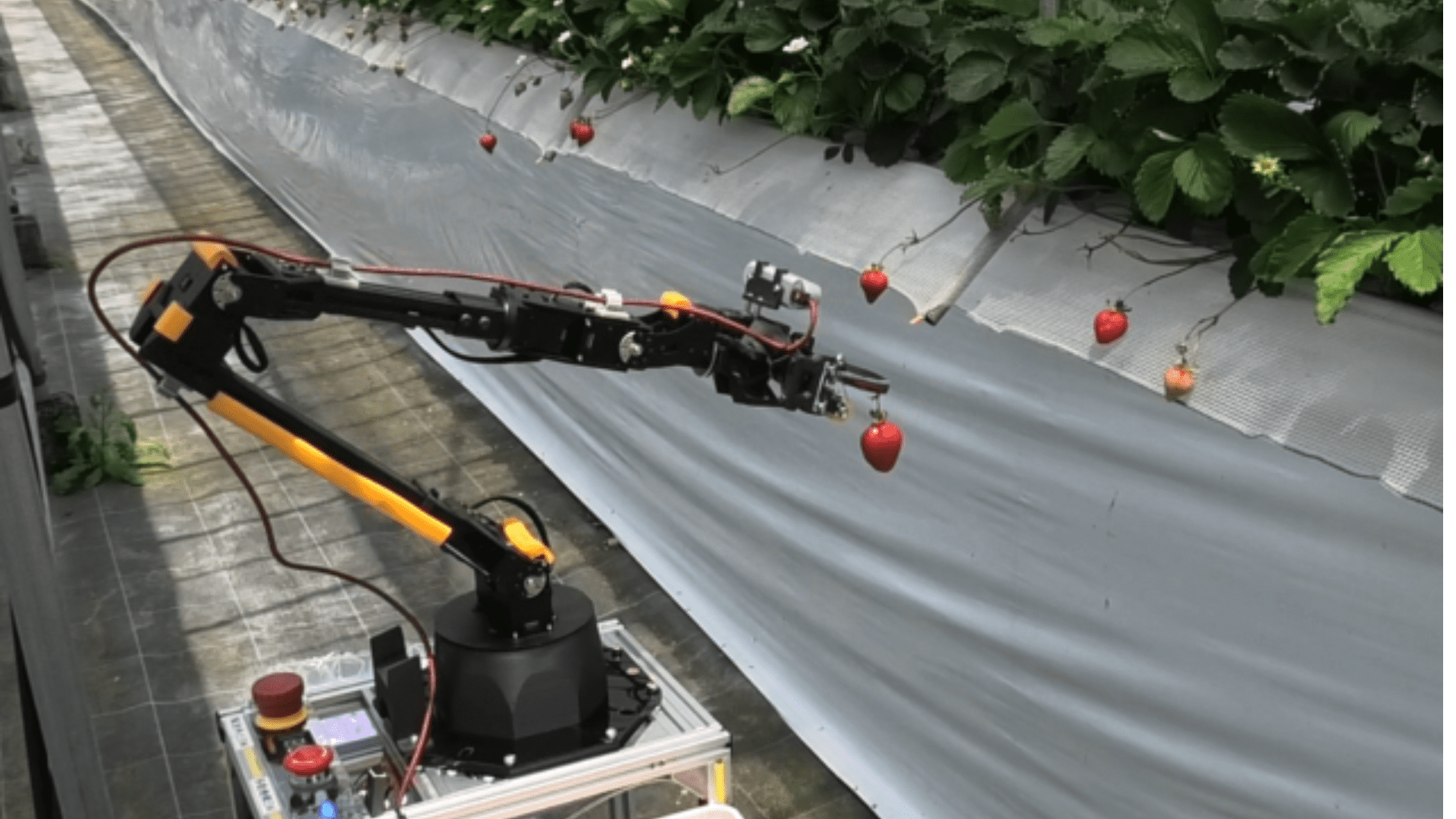Researchers are working on a reactor that absorbs CO2 and creates renewable energy while a source of renewable energy powers it. That’s right—it’s a full circle of green energy. The reactor pulls carbon from the air and converts it into a sustainable fuel. The team of University of Cambridge researchers says the solar-powered reactor could one day generate fuel for cars and planes.
Solar-Powered Reactor

The reactor could also produce the many chemicals and pharmaceuticals we rely on and generate fuel in remote locations or off-grid areas. Unlike most carbon capture technologies, the reactor opts for solar power rather than fossil fuels.
Carbon Capture and Storage (CCS) is regarded as a promising solution to the climate crisis. However, it’s energy-intensive and there are concerns over the long-term safety of pressurized CO2 storage deep underground. There are ongoing safety studies regarding CCS.
“Aside from the expense and the energy intensity, CCS provides an excuse to carry on burning fossil fuels, which is what caused the climate crisis in the first place,” said Professor Erwin Reisner, who led the research. “CCS is also a non-circular process, since the pressurized CO2 is, at best, stored underground indefinitely, where it’s of no use to anyone.”
The team’s mission was to find an alternative approach to generate renewable energy.
“What if instead of pumping the carbon dioxide underground, we made something useful from it?” said first author Dr. Sayan Kar from Cambridge’s Yusuf Hamied Department of Chemistry. “CO2 is a harmful greenhouse gas, but it can also be turned into useful chemicals without contributing to global warming.”
Turning Carbon into Renewable Energy
The reactor takes CO2 directly from the air and turns it into syngas, or synthesis gas, which is a key piece to producing important chemicals and pharmaceuticals. According to the researchers, their approach doesn’t require storage or transportation. In addition, it’s easier to scale up than other devices.
Researchers are developing a method to convert solar syngas into liquid fuels, offering a clean energy solution for cars, planes, and more—without increasing CO2 emissions.
“If we made these devices at scale, they could solve two problems at once: removing CO2 from the atmosphere and creating a clean alternative to fossil fuels,” said Kar. “CO2 is seen as a harmful waste product, but it is also an opportunity.” The biggest opportunity is in the chemical and pharmaceutical sectors, where syngas can be converted into crucial products that many people rely on. One major use is methanal production.
If scaled up, individuals could theoretically generate their own fuel. The team plans to test the reactor at a large scale in the spring.
“Instead of continuing to dig up and burn fossil fuels to produce the products we have come to rely on, we can get all the CO2 we need directly from the air and reuse it,” said Reisner. “We can build a circular, sustainable economy – if we have the political will to do it.”







